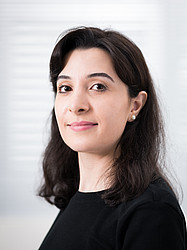News
February 2024
Editor's suggestion in Phys. Rev.B

Our publication "Employing quasidegenerate optical modes for chiral sensing" has been chosen for the Editor's suggestion in the journal Physical Review B.
Link to article: Phys. Rev. B 109, L041410 (2024) - Employing quasidegenerate optical modes for chiral sensing (aps.org)
January 2024
New concept for exceptional points in cone-shaped optical resonators
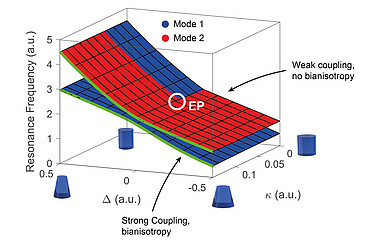
Exceptional points arise when two resonances coalesce while having the same resonant fields. We developed a new approach for exceptional points in single nanoparticles much smaller than the wavelength of light, which can be used in novel concepts of biosensors.
Link to article: Phys. Rev. Research 6, 013053 (2024) - Bianisotropic exceptional points in an isolated dielectric nanoparticle (aps.org)
December 2023
Optics & Photonics News
Our work on "Resonant confinement of light in air" has been selected for a news article in the Optica journal "Optics & Photonics News."
Link to article: Optics & Photonics News - Resonant Light Confinement in Air (optica-opn.org)
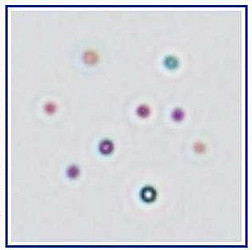
November 2023
New doctoral researcher
Elias Fösleitner, M.Sc. starts with his Ph.D. thesis at the University of Graz. He is going to work on the FWF project "How accurate is the pole expansion of the scattering matrix?".
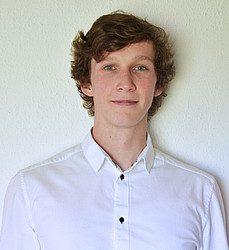
September 2023
Smallest Kandinsky in the world
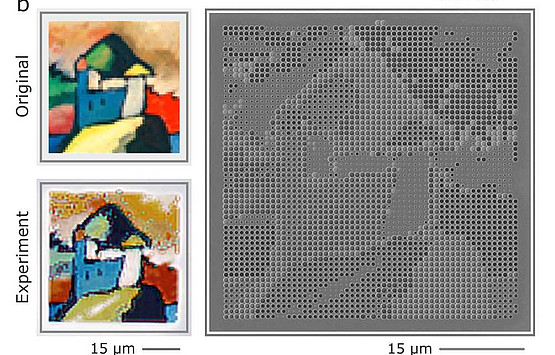
Mario Hentschel from the University of Stuttgart published an articel together with colleagues from the University of Graz and the Australian National University at the beginning of this year, in which they showed how to confine light in air. This was demonstrated by replicating the painting "Improvisation 9" by Wassiliy Kandinski, which is on exhibition at the museum Staatsgalerie in Stuttgart, in a a microscopic version. This reproduction is smaller than a human hair and can be only seen under a microscope. Thanks to a Zeiss microscope, it is now possible for everyone to compare this reproduction with the original from 1910 in the Staatsgalerie until beginning of December.
Link to the article: Dielectric Mie voids: confining light in air | Light: Science & Applications (nature.com)
Link to the exhibition: Kunst trifft Physik: Der kleinste Kandinsky | Staatsgalerie
August 2023
New article about super scattering
Adrià Canós-Valero and Thomas Weiss publish a new paper in Nature Communications together with an international group of colleagues. In this article, they show how to overcome the single-channel limit for multipole scattering.
Link to article: https://doi.org/10.1038/s41467-023-40382-y
Link to Uni Graz news: Super scattering: Physicists at the University of Graz overcome the limit of light scattering at the nanoscale - University of Graz (uni-graz.at)
July 2023
Best poster awards
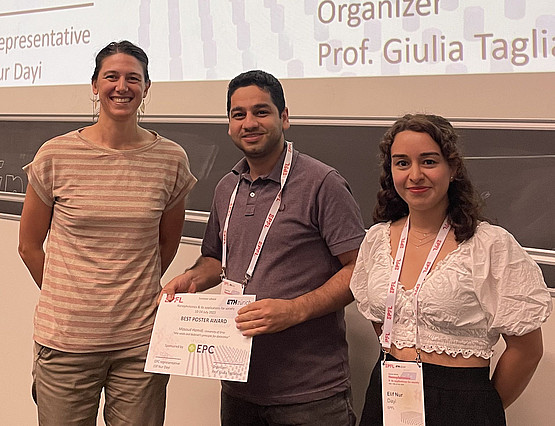
Masoud Hamidi and Thomas Weiss win awards for their posters at the EPFL summer school and the Meta Paris 2023.
February 2023
Presentation at DINAMA-Day
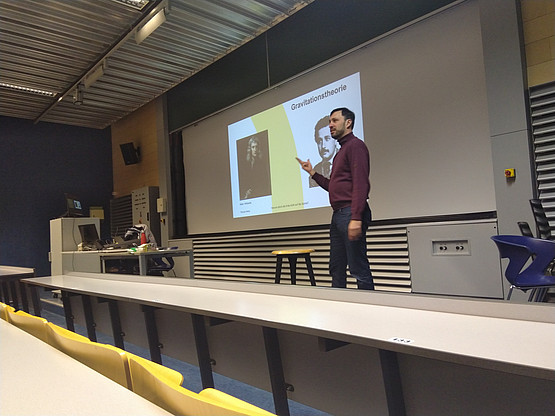
Thomas Weiss gives a test lecture entitled "Why does the earth not collide with sun?" for high school students interested in studying physics.
January 2023
New article in Nature: Light, Sciene & Applications
In collaboration with researchers from the University of Stuttgart and the Australian National Univeristy, we demonstrated how to confine light in small voids inside a dielectric material. This opens new routes for generating structured colors and building optical sensors.
Link to post "Behind the Article"
Link to Nature Photonics News & Views

December 2022
New image movies
The University of Graz has created movies about studying physics in the framework of the new information system for prospective students. Watch the movies here:
November 2022
Steffen Both wins price for his dissertation
Congratulations to our former doctoral researcher Steffen Both. His Ph.D. thesis has received the Wilhelm-und-Else-Heraeus-Dissertation Award in the Department of Physics at the University of Stuttgart.
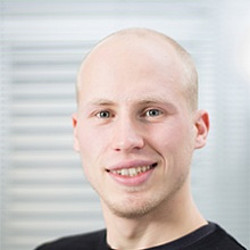
November 2022
New doctoral researcher
Diana Shakirova, M.Sc. starts with her Ph.D. thesis at the University of Graz.
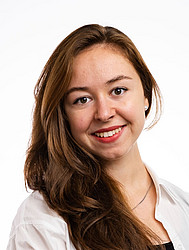
October 2022
New post-doctoral researcher
Adrià Canós Valero, Ph.D. starts as new post-doctoral researcher at the University of Graz. Adrià just finished his Ph.D. under supervision of Andrey Bogdanov at ITMO in St. Petersburg. Welcome to Graz!
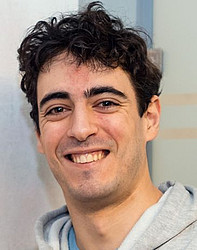
August 2022
New doctoral researcher
Sergei Gladyshev, M.Sc. starts with his Ph.D. thesis at the University of Graz.
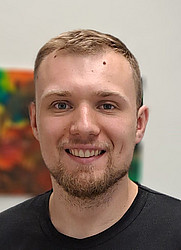
July 2022
Steffen Both celebrates the successful defense of his doctoral thesis
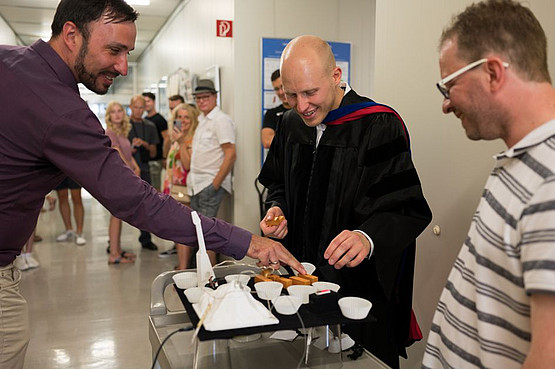
On July 25th, Steffen Both defended his doctoral thesis entitled "Theory of resonant light-matter interactions in nanophotonic sensing" at the University of Stuttgart successfully.
May 2022
Exhbitition "Artistic Science"
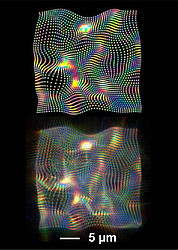
The group of Thomas Weiss participates in the exhibition "Artistic Science" at the Pop-Up-Store of the University of Graz in the Herrengasse with the contribution "Designed disorder." Nanostructures with dimensions that are one hundred times smaller than the diameter of a human hair allow us to control light in the visible and infrared regime for applications in sensor technologies, integrated circuits, and miniaturized optical building blocks. These structures are usually arranged in a regular lattice. However, the accuracy of their fabrication has certain limitations, and the resulting deviations can impact the optical properties detrimentally. To understand this better, we intentionally incorporated disorder by modifying the position of the individual nanostructures randomly. In the underlying model, this deviation affected the position of neighboring nanostructures to some extent. The figures now display the visual appearance of the reflection under the microscope, with simulations at the top and experimental results at the bottom.
April 2022
New doctoral researcher
Masoud Hamidi, M.Sc. starts with his Ph.D. thesis at the University of Graz.
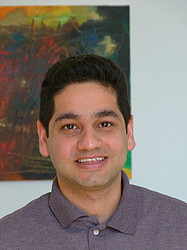
January 2022
Nanophotonic chiral sensing: How does it actually work?

In a joint collaboration with researchers from the University of Stuttgart and the Cardiff University, the doctoral researcher Steffen Both from the University of Stuttgart published a paper together with Thomas Weiss from the University of Graz about chiral sensing with nanophotonics. The overall aim is a better determination of the handedness of chiral molecules when using nanophotonic resonators. They describe a theoretical approach, which allows for the first time to undestand and optimize the individual contributions to the resonant enhancement.
December 2021
New review article about resonant states
Steffen Both and Thomas Weiss provide an overview of recent developments in the theory of resonant states in their new article "Resonant states and their role in nanophotonics" in Semiconductor Science and Technology. Furthermore, they summarize the basic principles of that theory and point out various applications.
